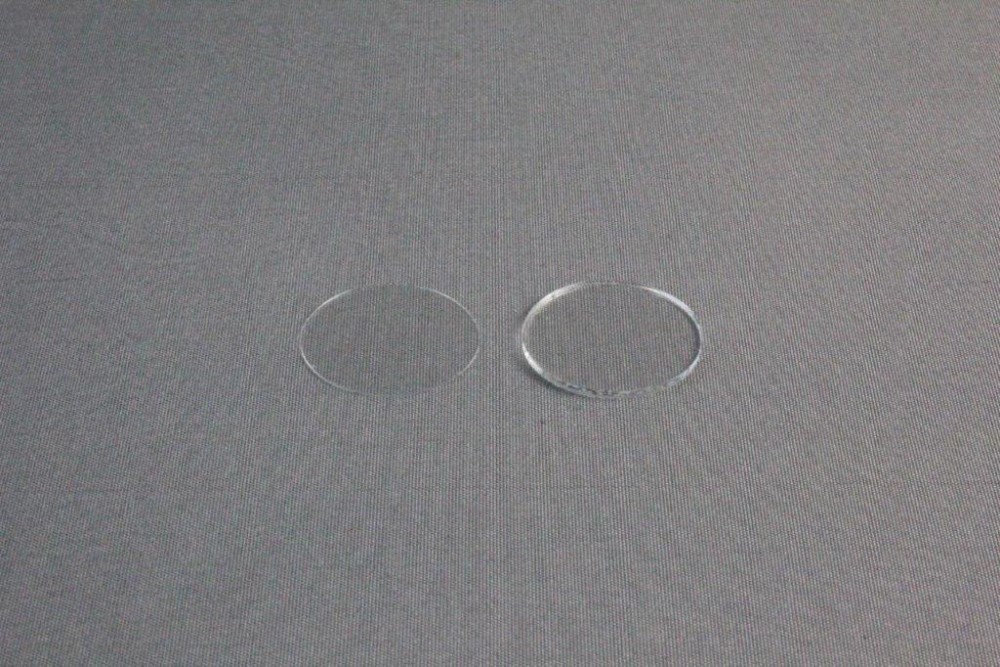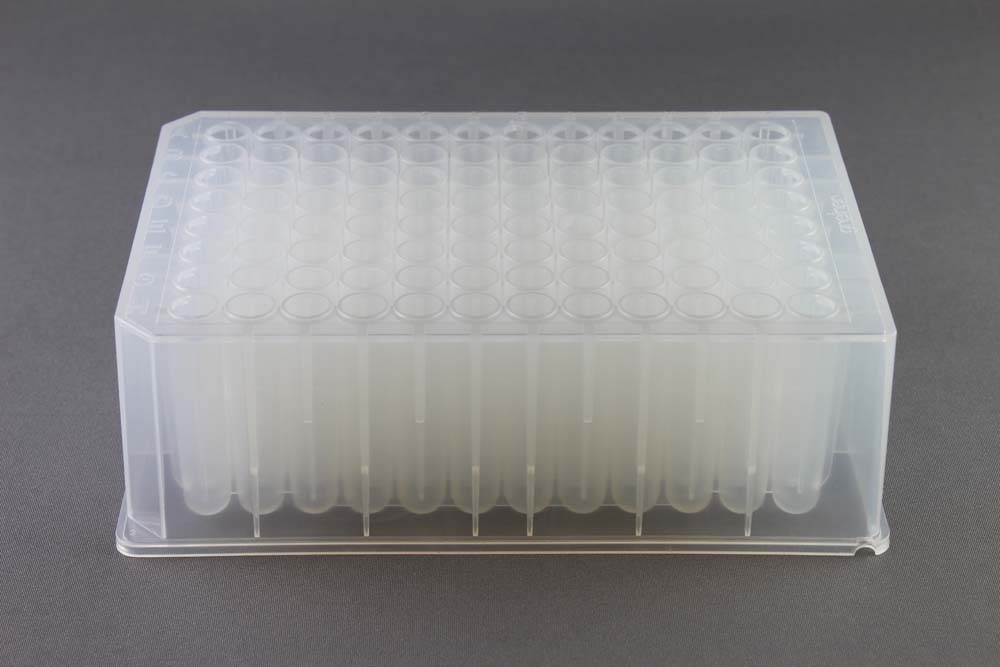Hampton Research是世界权威的蛋白结晶试剂与耗材的生产商,其产品应用广泛且深受广大用户的认可。
Mounted CryoLoop™ – 20 micron
HR4-313,Mounted CryoLoop – 20 micron,0.025 – 0.05 mm – 25 pack
HR4-625,Mounted CryoLoop – 20 micron,0.05 – 0.1 mm – 25 pack
HR4-955,Mounted CryoLoop – 20 micron,0.1 – 0.2 mm – 25 pack
HR4-957,Mounted CryoLoop – 20 micron,0.2 – 0.3 mm – 25 pack
HR4-959,Mounted CryoLoop – 20 micron,0.3 – 0.4 mm – 25 pack
HR4-961,Mounted CryoLoop – 20 micron,0.4 – 0.5 mm – 25 pack
HR4-963,Mounted CryoLoop – 20 micron,0.5 – 0.7 mm – 25 pack
HR4-965,Mounted CryoLoop – 20 micron,0.7 – 1.0 mm – 25 pack
APPLICATIONS
Cryocrystallography
FEATURES
Synthetic CryoLoop on stainless steel MicroTube
MicroTube specially engineered with EasySnap notches
Complete range of loop diameters from 0.025 – 1.0 mm
Compatible with all CrystalCap Systems
DESCRIPTION
Note: If you are using the CrystalCap, CrystalCap ALS, CrystalCap ALS HT, or CrystalCap SPINE HT, save time and money by using the ready to mount 18 mm Mounted CryoLoop.
Mounted CryoLoops with 20 micron diameter nylon. These nylon loops are bonded to hollow, stainless steel MicroTubes™ that are used to mount, freeze, and secure the crystal during cryocrystallographic procedures and X-ray data collection. The MicroTube is 24 mm in length and is specially engineered with EasySnap™ notches at the 10, 12, 14, 18, and 21 mm measures. To obtain the desired length of MicroTube, simply snap the MicroTube at the desired length and secure to the CrystalCap using epoxy or similar adhesive. These nylon loops show minimal diffraction, are thin for fast freezing, strong, and aerodynamic..
Most data collection geometries prefer or require a 22 mm length between the base of the cap and the beam. For a 22 mm overall length using the CrystalCap, CrystalCap ALS, CrystalCap ALS HT and CrystalCap SPINE HT, snap the MicroTube at the second notch from the bottom, creating an 18 mm MicroTube lenghth and secure to the CrystalCap using epoxy or similar adhesive. For a 22 mm over length using the CrystalCap Copper, CrystalCap Copper HT, CrystalCap ALS Copper HT snap the MicroTube at the fifth notch from the bottom (notch closest to the CryoLoop) and secure to the CrystalCap using epoxy or similar adhesive.
金畔生物代理美国Hampton Research,负责其在中国的销售与推广。更多产品信息,欢迎直接与我们联系~


